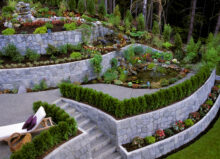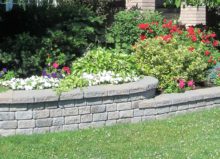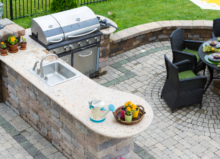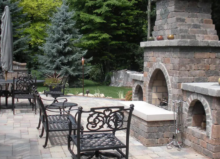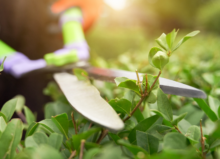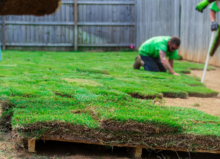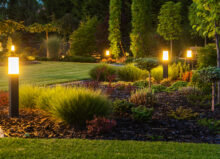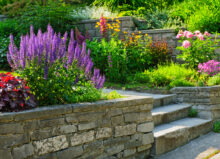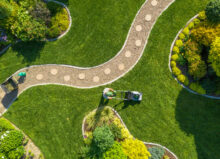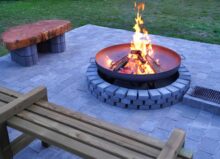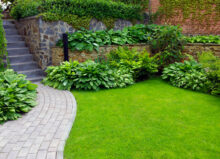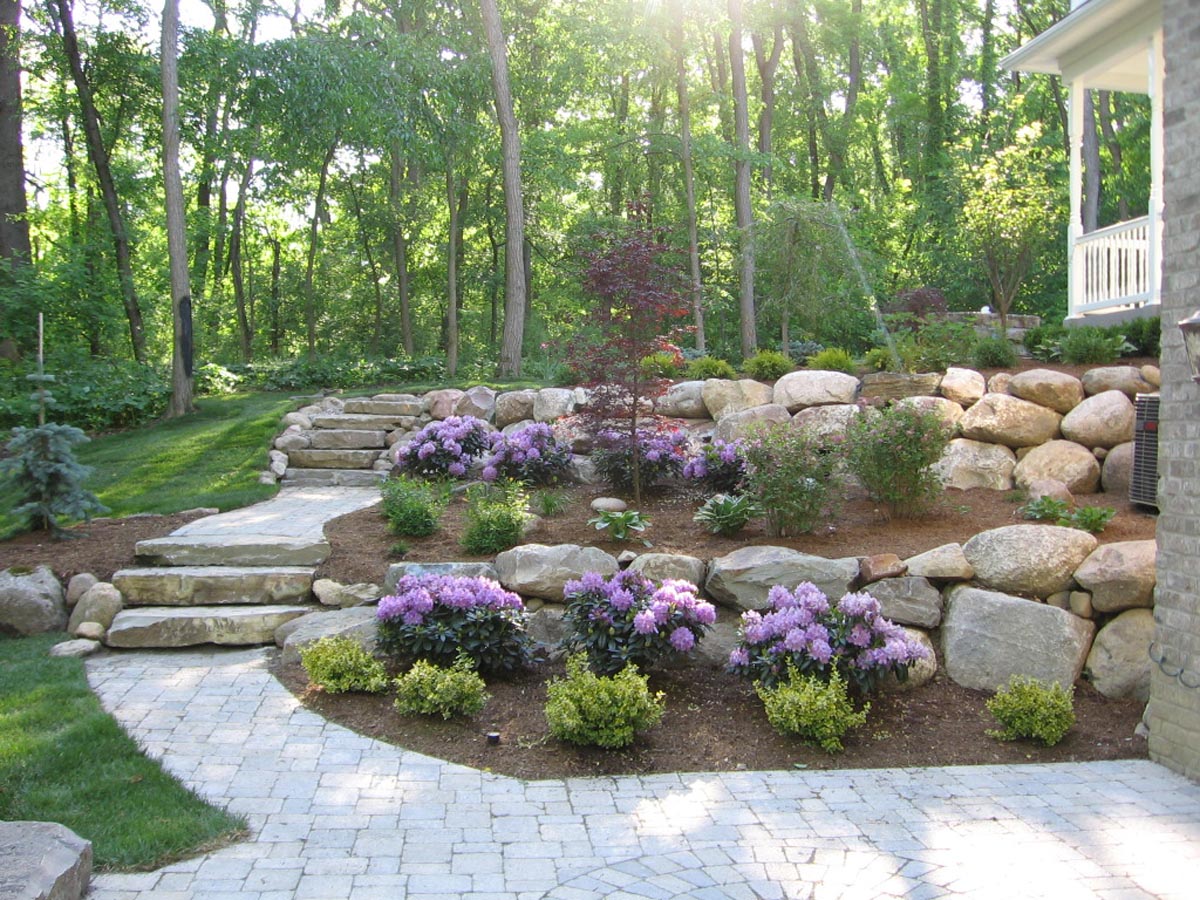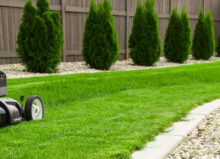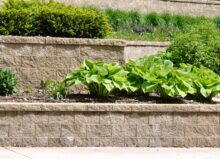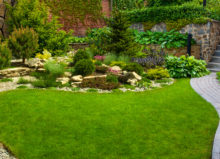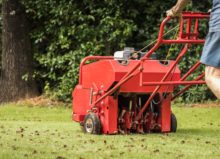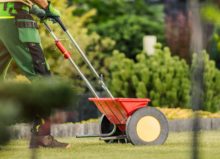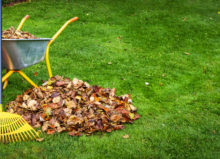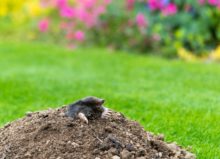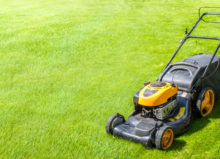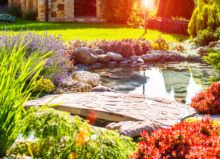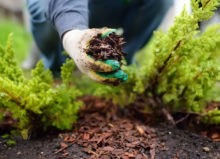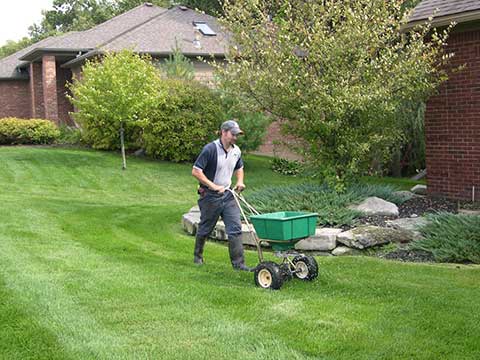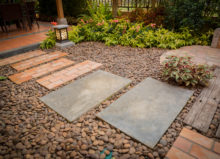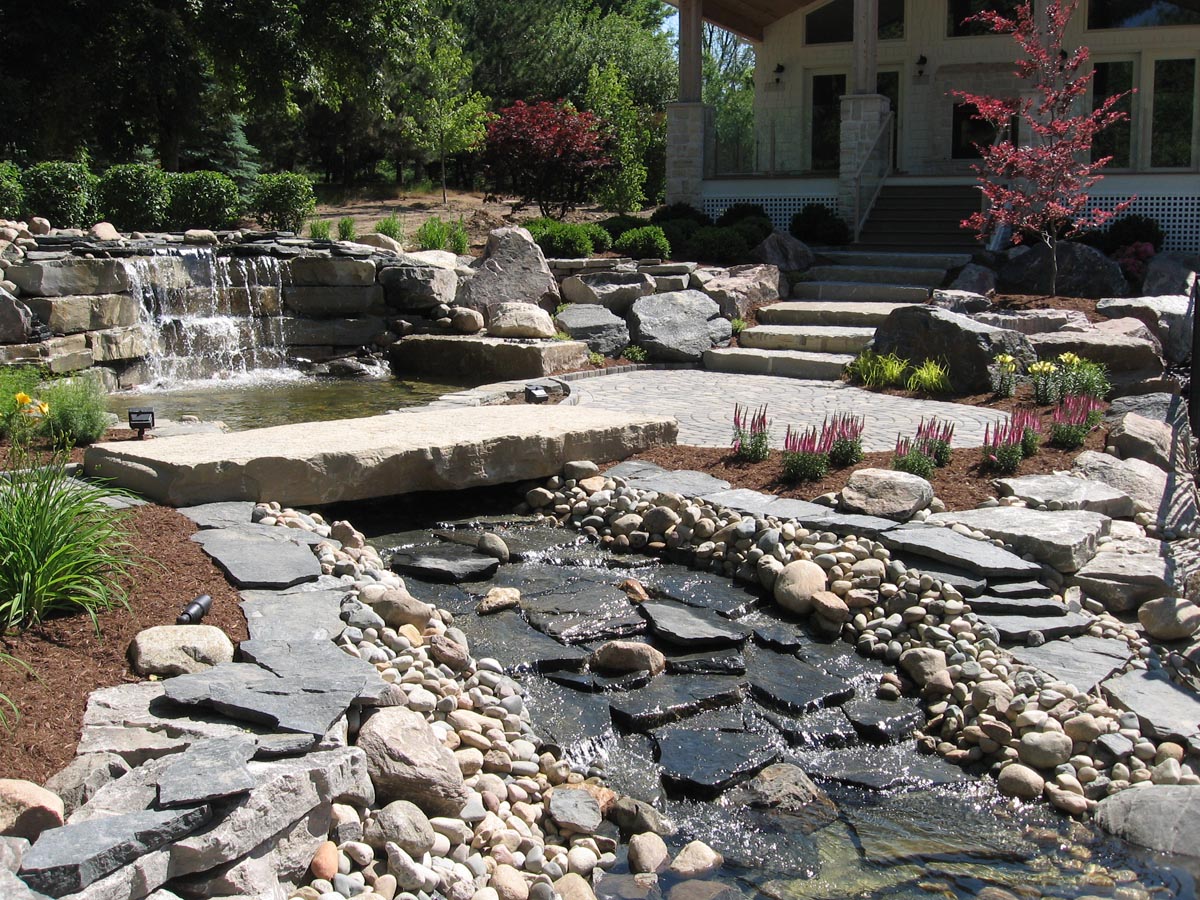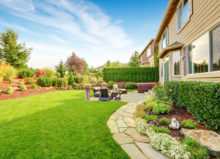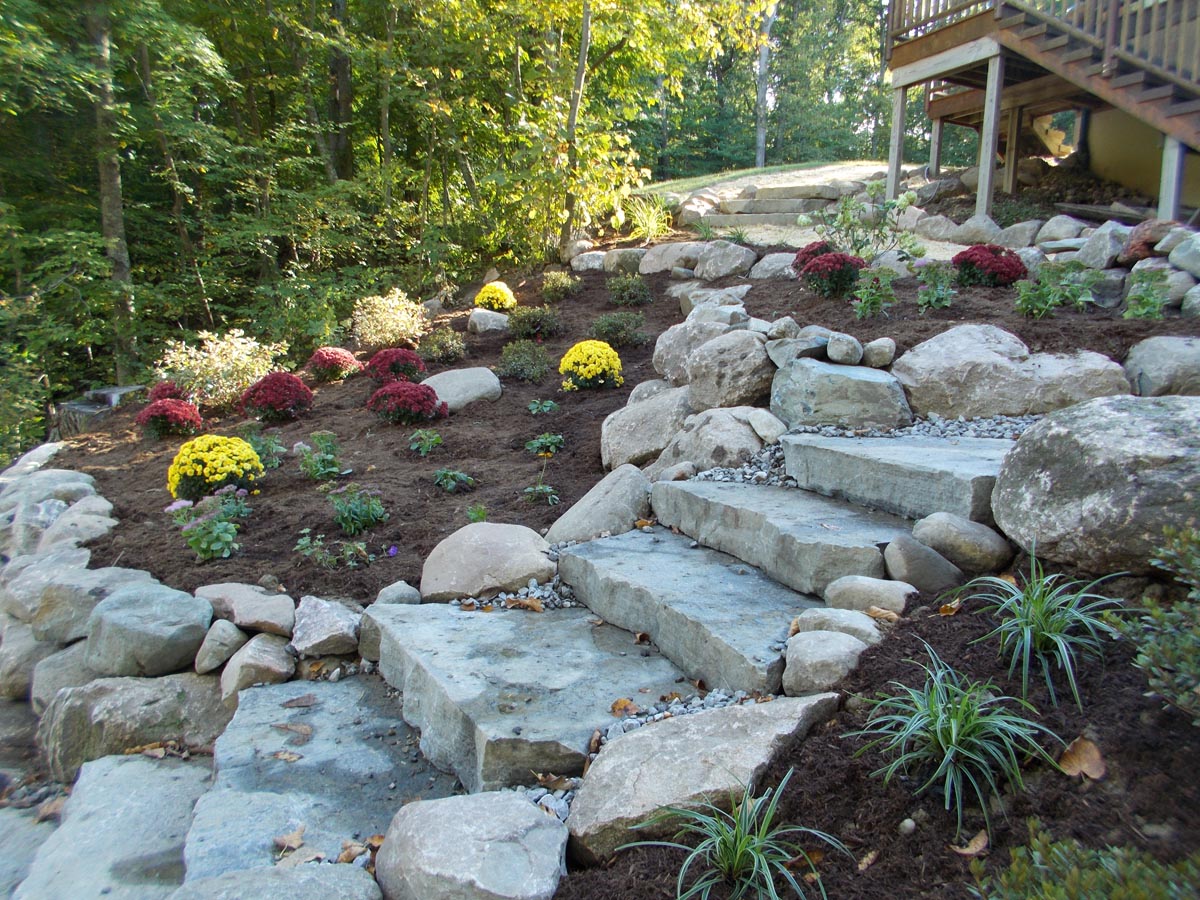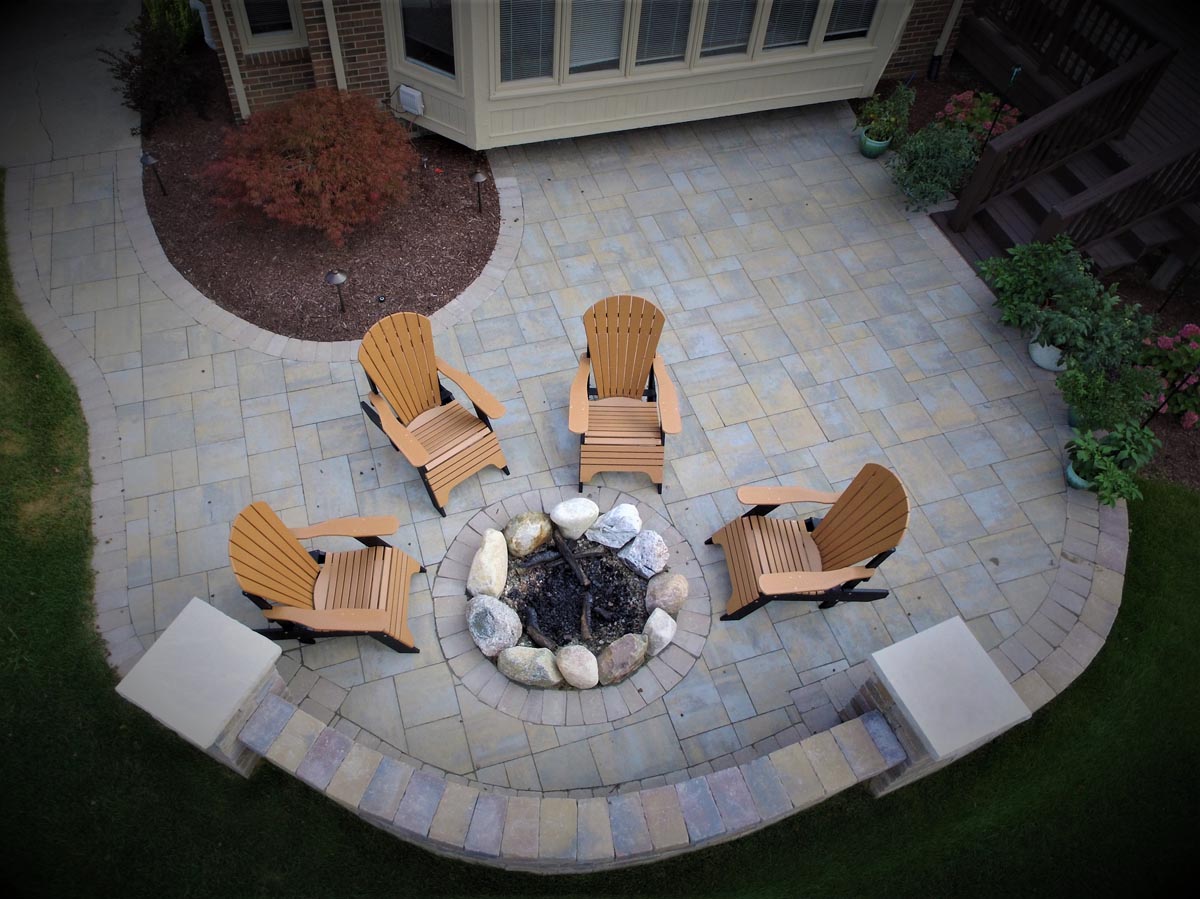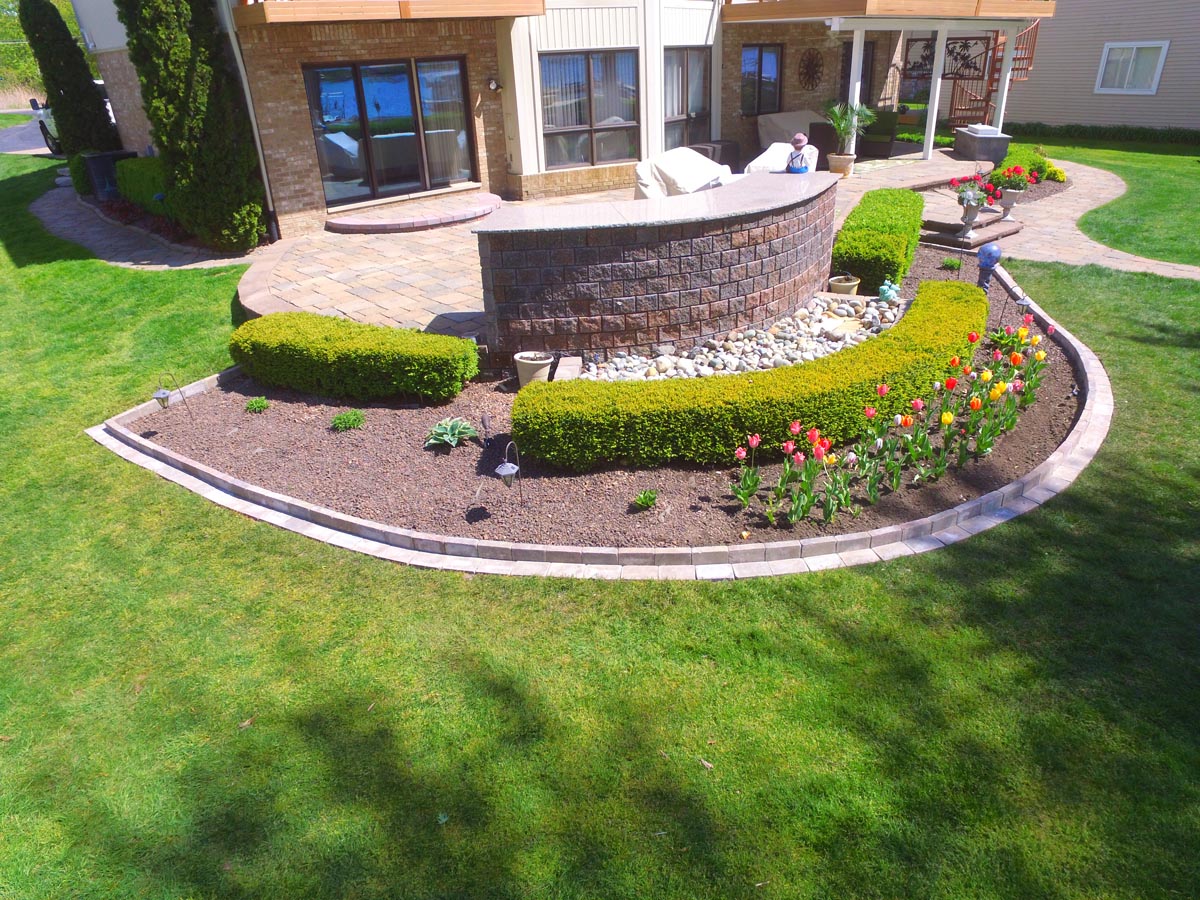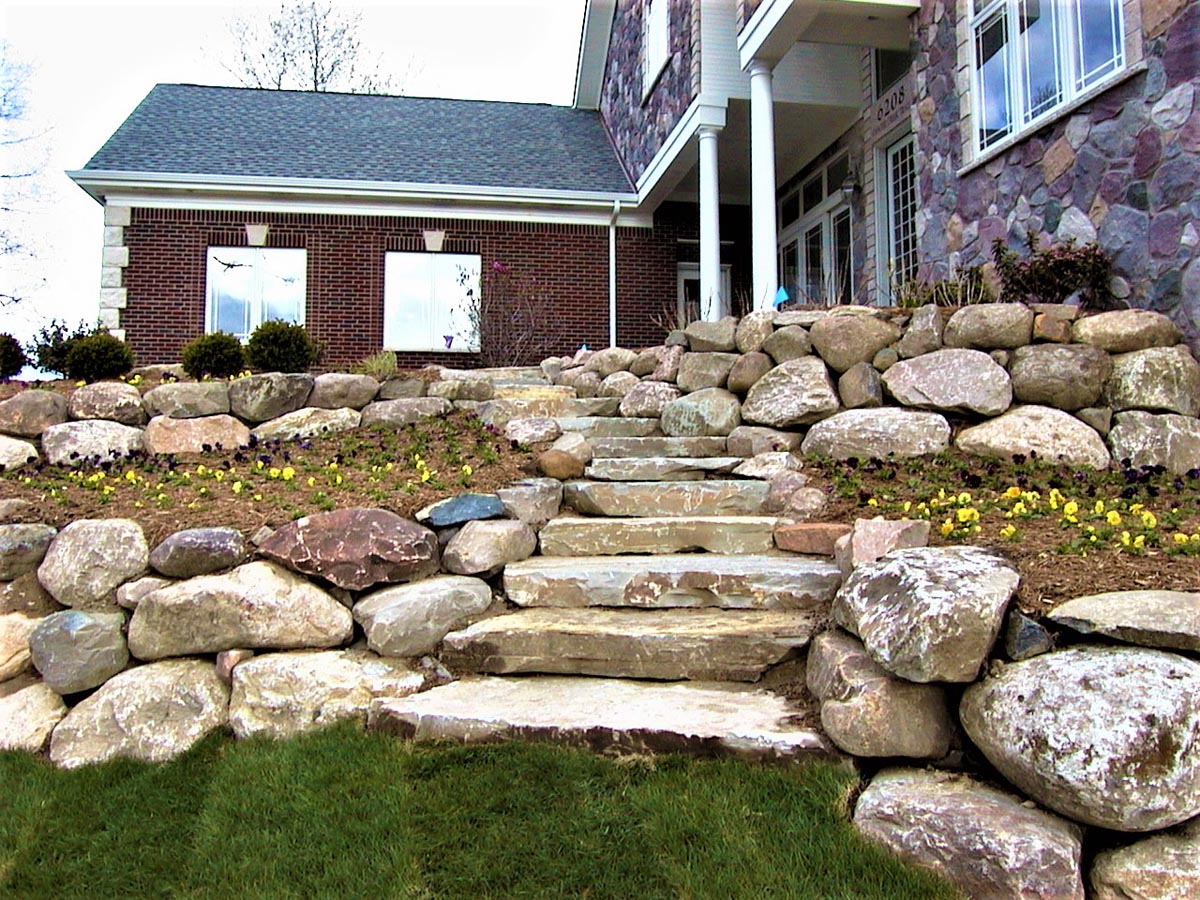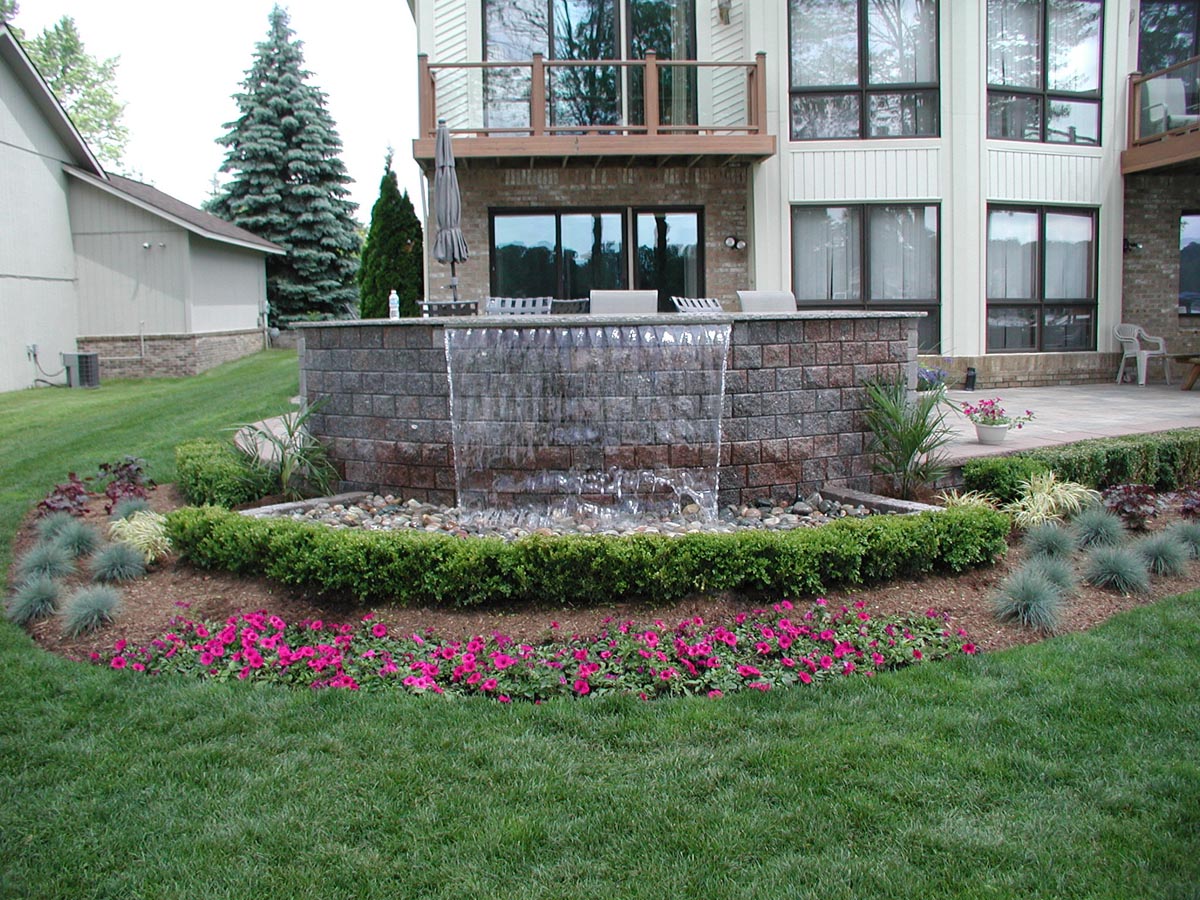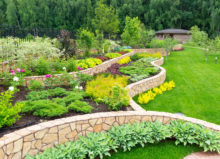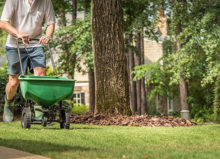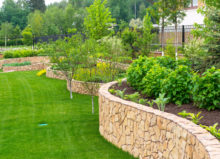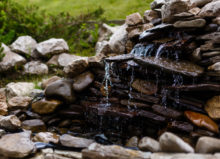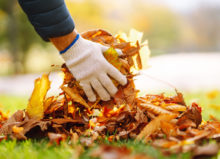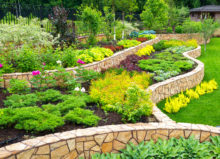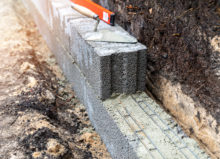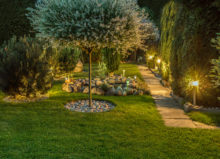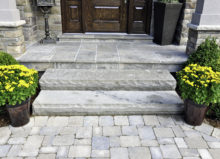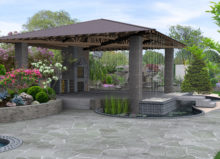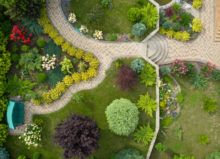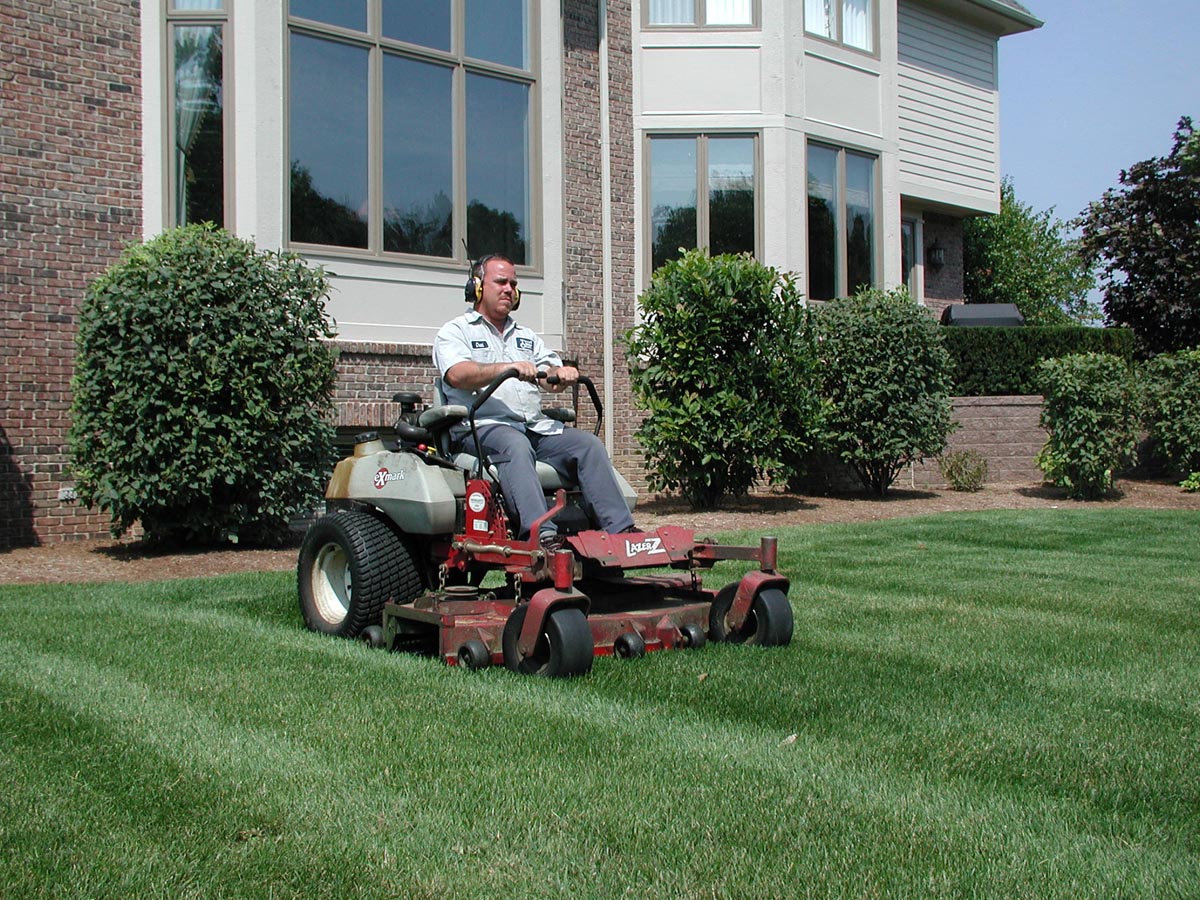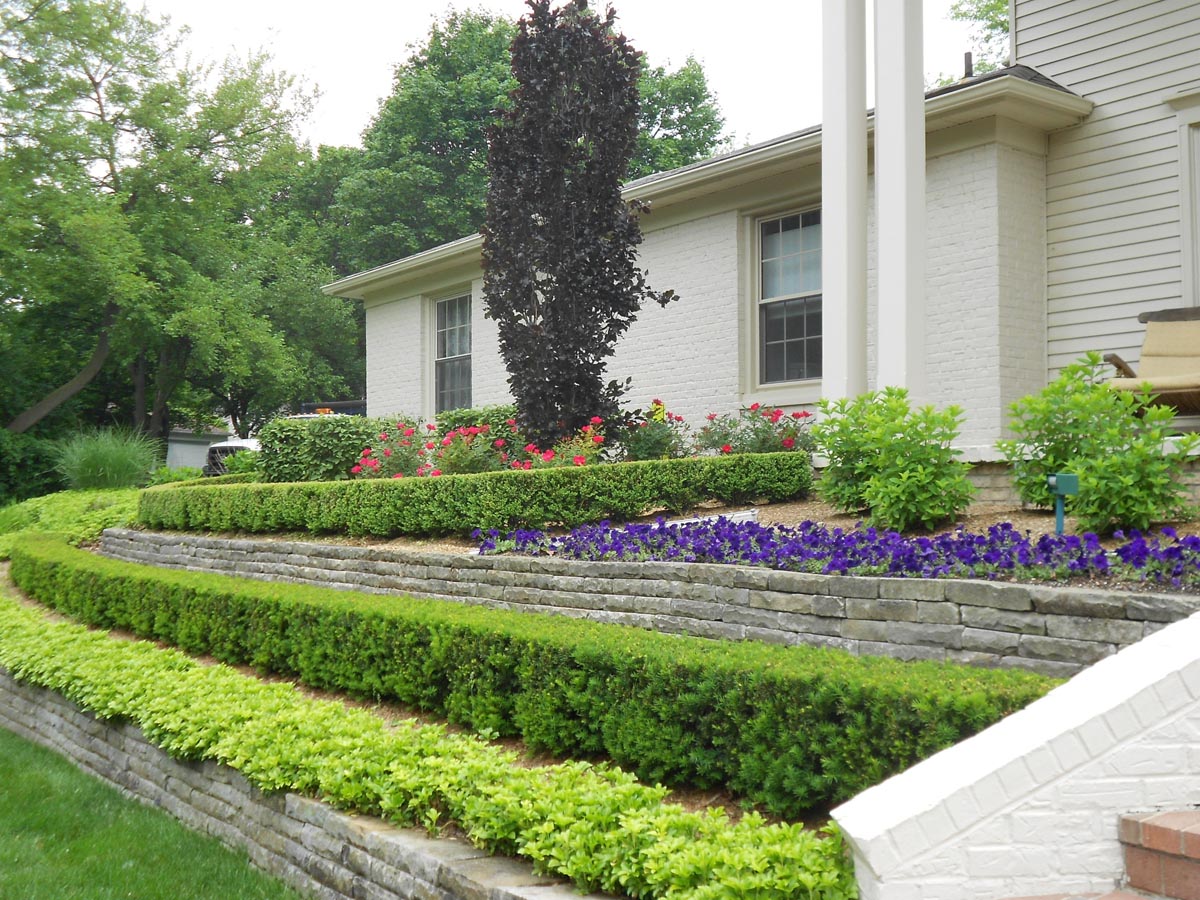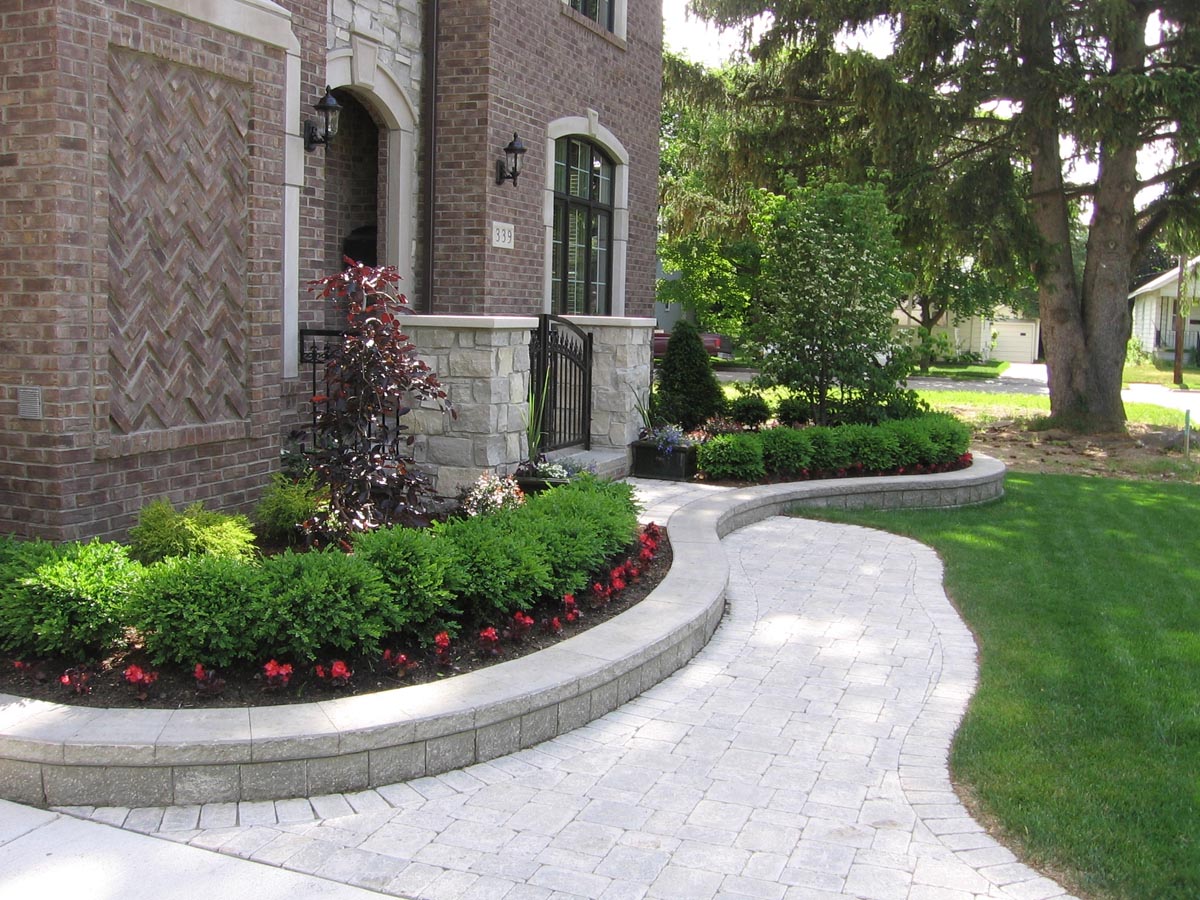How Often Should You Mulch Your Yard?
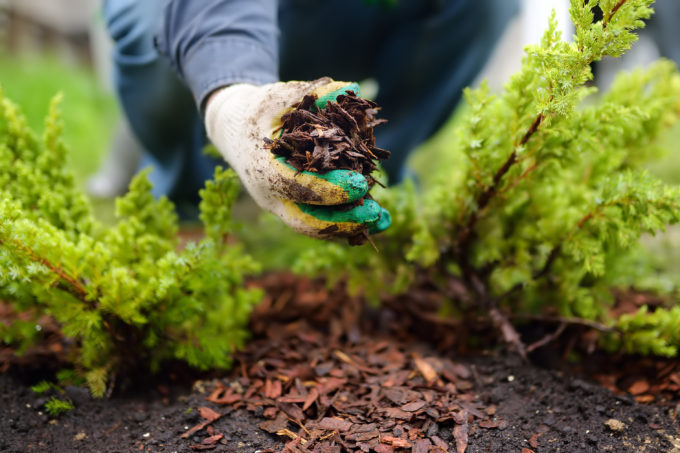
Mulch offers many benefits. It can help provide nutrients to soil through decomposition, inhibit weed growth, regulate soil temperature, and retain moisture throughout drier seasons. However, mulch isn’t intended to last forever and will break down entirely within six years. If your primary concern is aesthetics, you might wait until the mulch isn’t attractive. However, because mulch offers far more than aesthetic benefits, we typically recommend mulching at least once a year at minimum, although you can mulch twice a year to take full advantage of its benefits.
When to Mulch

Mulching is best done just before or after the growing season in spring or fall. While it is up to you to choose when to mulch, there are certain advantages to doing it in spring. For one thing, this is typically the time of year when you are cleaning and sprucing up your landscape for the year, and fresh mulch can do wonders to improve its appearance.
When mulching in the spring, you’re also replacing it after it has served you for three seasons. Mulching in the fall means that your plants can’t get the full benefit of it until next spring, and it may not be as effective after exposure to the snow and cold of winter.
How to Apply Mulch

Mulching seems relatively straightforward, but if done wrong, it can actually harm your plants instead of helping them. For example, you should never apply mulch so that it touches the base of your plants, which could suffocate them or starve them of water.
You should spread mulch near the base of each plant, but leave two to three inches of space around the base, creating a small circle or “donut,” of space around each plant.
You also need to consider how many layers of mulch you apply. The depth depends partly on how often you intend to change it. Three to four inches should be the absolute maximum, and mulch should only be that deep if you don’t want to replace it for a few years. If you intend to replace the mulch every year, as recommended, it only needs to be two to three inches deep. The initial depth can be less if you intend to mulch your yard twice a year.
Besides the risk of harm to the plants, part of the problem with laying down too much mulch at first is that you may have to remove and dispose of it before you replace it. If you applied the right amount of mulch to begin with, you do not need to remove it. You can simply turn it over before replacing it, and it will continue to benefit the soil as it decomposes.
Calculating How Much Mulch Is Needed

The classic DIY experience is making multiple trips to the home improvement store. If you don’t want to do that, we recommend looking at the mulch you’re interested in buying and assessing the mulch coverage chart on the product page. First, you’ll need to know how deep you plan on applying the mulch. If you’re doing the classic three-inch depth, it’s usually one bag per six square feet.
To measure the square footage of your area, measure the length and width of the space, then multiply those two numbers. Keep in mind that not all yards are perfectly rectangular or square, so your numbers could be a little off. We recommend buying an extra bag to account for any miscalculations or potential waste.
If you don’t feel like doing the math, hire a professional to do it for you. You can save trips to the home improvement store and get the bonus of not having to do the work yourself. Sometimes, a task can be easy, but when you start, you think, “Why did I do this to myself? I don’t want to finish this.” We don’t want you to be in that boat. If you don’t have the time or patience, leave it to a professional.
Request Mulching Services
Founded over 30 years ago, Design One offers seasonal maintenance services to homeowners and businesses in southeast Michigan, including mulching. Contact us today to schedule a site assessment and free estimate.
As a residential and commercial landscaping company in Michigan, we’re experienced in both property care and landscaping design. With over 40 years of experience in the industry, Design One is great source of information when it comes to your Michigan lawn care needs! From preliminary design mapping, to irrigation and the types of plants you might want on your priority, we cover it all.



